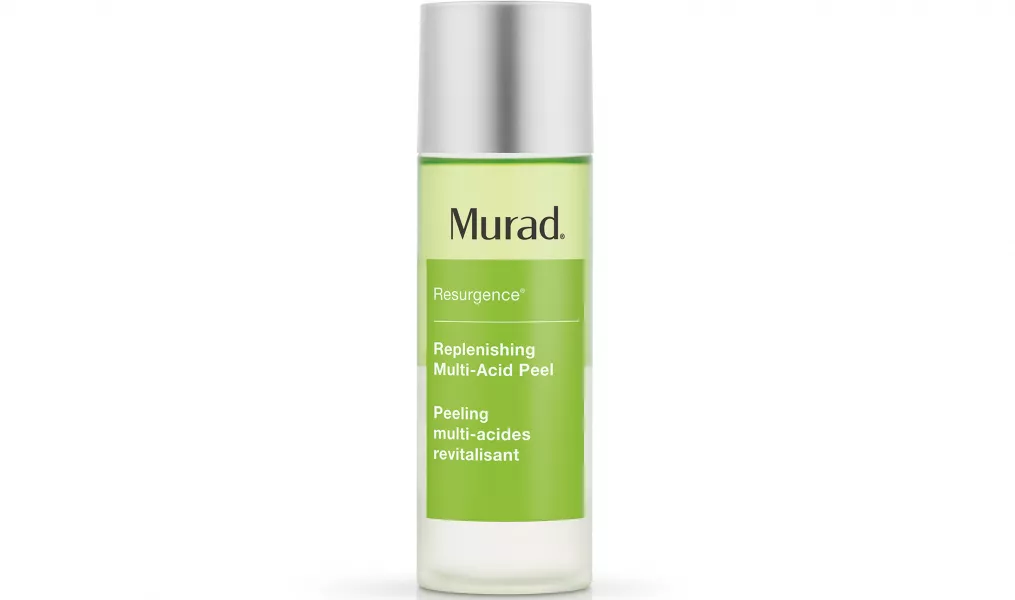Adding to the pain of it being cold and dark, when autumn and winter roll around, many of us start experiencing issues with our skin.
Even if you’ve had a summer of glowing and well-behaved skin, you might start running into problems like redness from the constant wind, dryness from central heating or the inevitability of chapped lips.
“In the winter, the air is dryer and your skin produces less oil, so you need to give it extra TLC,” says Dr Howard Murad, dermatologist and founder of Murad Skincare. Instead of using the same light moisturisers you were applying in the summer months, it could be time to change up your routine to better suit the weather conditions.
Here are the key issues winter can cause for your skin, and how to prevent or treat them…
1. Dry skin
it’s winter which means the season of dry skin :(!
Advertisement— r🤭ss (@notRawssy) October 21, 2020
It almost feels inevitable: as soon as the leaves change, our skin starts to get dry. “Dry skin gets worse in winter, due to water being lost more rapidly from the skin,” explains Dr Shaaira Nasir, consultant dermatologist at sk:n clinics. This is because of that dry, wintry air, but also because central heating can accelerate water loss.
If it’s serious, you should see a doctor or dermatologist. But if you’re experiencing mild issues brought on by the change in weather, there’s lots you can do at home to help. For Murad, you first need to understand the difference between dehydration and dryness.
“It’s important to note, dryness is a lack of oil in the skin, whereas dehydration is lack of moisture,” he explains. “Dry skin feels rough and may be flaky whereas a dehydrated skin can show as fine lines and appear dull; however, both can give feelings of tightness. Those with an oily or combination skin can also have a dehydrated skin.”

To tackle dehydrated skin, Murad advocates an ‘inside out’ approach. “Try incorporating water-rich raw fruits and veggies into your diet, which will release the water into the body slowly over time, rather than flushing through the system from drinking glass after glass of water,” he explains. “Eating your water is the best way to avoid dehydrated, tired and lacklustre skin, and it will benefit your entire body in the process.”
For dry skin, the dermatologist recommends regular exfoliation to help shed the build-up of dead skin cells, although he warns: “The more we exfoliate, the more we should hydrate. Even if you have an oily skin, you can experience dry patches, so should still hydrate to treat these.”
Nasir’s top tips for tackling winter dryness is to limit the time you spend in the bath or shower. “Avoid hot water, as this strips the natural oils off the skin and the skin loses moisture,” she explains, whilst encouraging us to moisturise as many times as possible during the day. “Moisturise as soon as you get out of a bath or a shower to lock in moisture,” she notes, and recommends a “thicker type of moisturiser – like ointments or creams, rather than a lotion or gel. This will provide longer moisture to the skin.”

Murad Replenishing Multi-Acid Peel, £48

Murad Hydro-Dynamic Ultimate Moisture, £60

Aveeno Cream, £14.69, Boots
2. Redness

Winter can also see a rise in more serious conditions like rosacea, psoriasis and eczema, with Nasir saying: “All can flare up due to harsh winter weather with low humidity, strong winds and heating indoors.”
Again, her top tip is regularly moisturising, as this should prevent any worsening by preventing dryness. “Generally, those prone to redness should choose products for sensitive skin types.”
If you still struggle with redness no matter how much you moisturise, it could be worth considering your diet. “Certain foods and drinks, such as cheese, citrusy foods and alcohol, may cause redness, so identify the foods that affect you by tracking what you eat and evaluating how your skin reacts during the few hours after consumption,” explains Murad. He also recommends limiting how much spice you eat, as “spicy foods can trigger inflammation”.
It’s not just about cutting things out, but Murad suggests eating carrots, sweet potatoes and broccoli. “These foods are packed with antioxidants that will help to hydrate the skin internally, and protect cells from environmental damage, which can further irritate rosacea-prone skin.”

Eucerin Anti Redness Concealing Day Cream, £20.50, Boots

Uriage Roseliane Anti-Redness Cream, £15.94, Escentual
3. Chapped lips

Even if you manage to avoid dry skin, chapped lips are part and parcel of the colder months – and there’s a reason why your pout might be feeling sore. “Lips are particularly vulnerable to environmental factors such as wind, because they don’t have oil glands or an outer protective stratum corneum to protect them,” explains Murad. “Lips don’t have sweat glands, so the skin can dry out much more easily.”
This means you need to give your lips a bit more love and attention, locking in moisture with a great lip balm or protector.

Avene Cicalfate Restorative Lip Cream, £6.50, Escentual

No7 Protect & Perfect Lip Care, £10, Boots
4. Oiliness
I thought this winter weather would dry my skin up, but nope. My face still oily 😩
— KTSNY (@candygir22) October 27, 2020
Many of the major skin problems in winter stem from dryness, but did you know oiliness could be an issue as well? “Skin can become more oily in the winter, as it tries to compensate for lack of hydration,” Nasir explains. “If skin lacks hydration, it will produce more oil – this is why it’s important for those with oily skin to still use a moisturiser.”
If you’re experiencing oiliness in winter, Nasir recommends “light moisturisers and serums, containing ceramides and hyaluronic acid”.

Elizabeth Arden Ceramide Hyaluronic Acid Capsules Hydra-Plumping Serum, £45, Boots

La Roche Posay Effaclar H Moisturiser, £17







